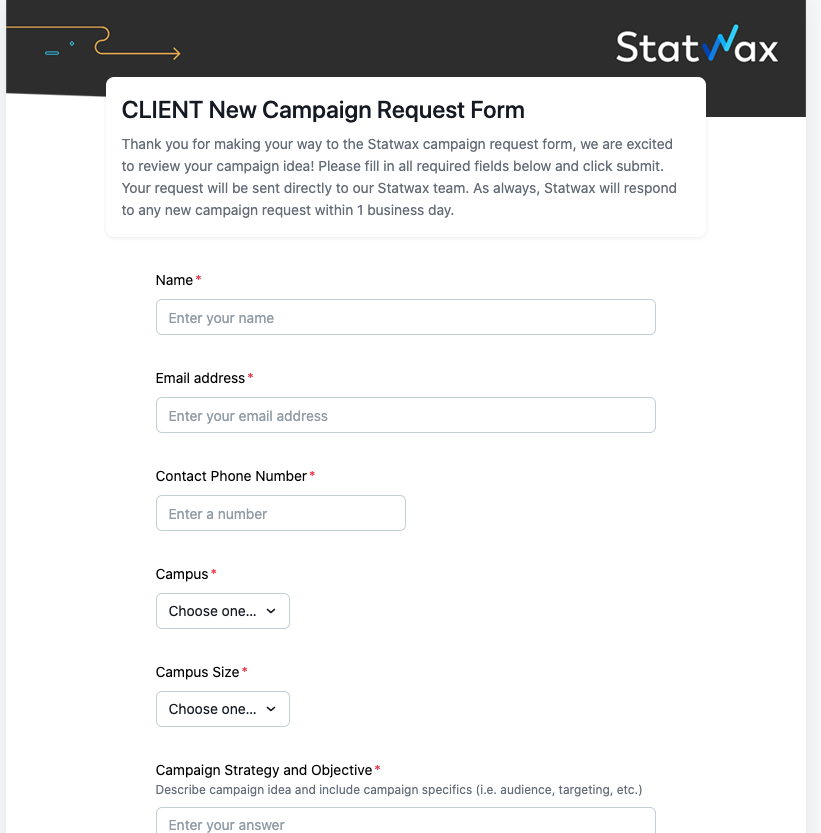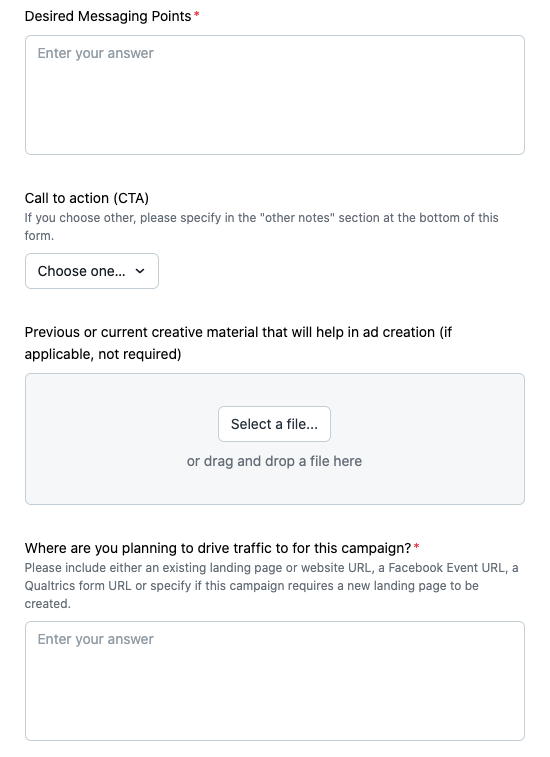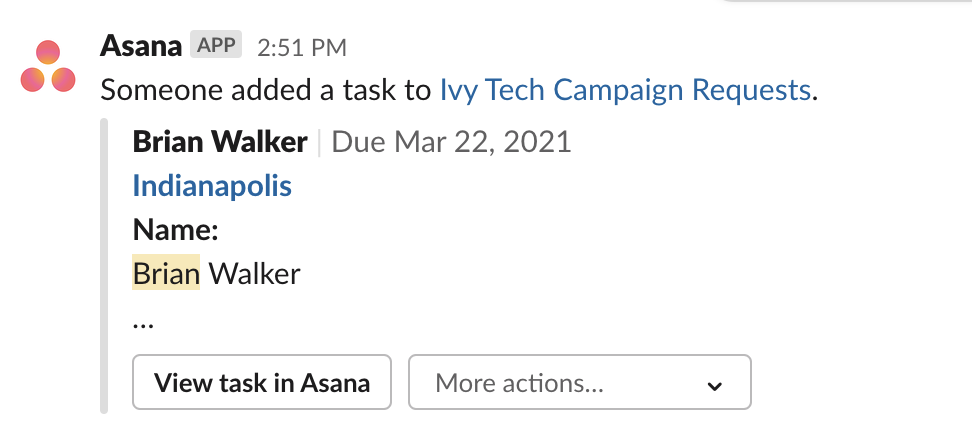How Statwax scales digital strategies: 3 tips for better managing client campaigns with Asana

Read this article in French, German, Portuguese, Spanish, or Japanese.
Editor’s Note: This post is written by Brian Walker, President of Statwax as part of our guest author series.
In the world of digital marketing, if your strategies and campaigns aren’t constantly evolving and growing, you’re bound to get left behind by the competition. At Statwax, we’re trusted by fast-moving clients to pivot strategies on a dime and deploy new tactics in order to stay ahead of the curve.
Every agency wants to be able to immediately execute on every need for a client, but that type of agility can’t happen without the right tools in place to manage things. New digital launches include new creatives, budget changes, campaign or product deployments, copy refreshes, and much more. Throw in a now-common remote working style, and the new needs of a client—often unplanned—becomes a constant juggling act of information, team members, and deadlines.
For us, this is where Asana becomes the lifeblood of our agency operations. With its workflow management and project management tools all housed in one platform, an agency can set itself up to seamlessly intake new requests from clients while knowing all key information will be gathered, assigned, and actioned.
Here are the Statwax team’s best practices for managing and executing your client’s marketing campaigns in Asana.
1. Create a standard way to capture information from your clients
The key issue that often prevents an agency from helping clients scale their efforts is in how the information is gathered. The best project management can only do so much if missing information has teams circling back to the client to clarify items or ask follow-up questions. You lose precious time and increase the risk of something falling through the cracks.
If you have clients constantly making requests from different teams or departments, Forms will become your best friend. Forms can include custom fields from your Asana projects that take in information and automatically map that information to specific parts of a new task.
First, work with your clients and internal teams to identify what information is needed before starting a project. It may be budget, goals, or even specific files required for your workflow. As you test out these new processes, you may uncover additional areas that you’d like to clarify up front through new fields. Start smaller, and build a more precise and lengthy form as you uncover those needs.
With some quick work in Asana, you can create a form with your agency’s branding and the unique questions that fit your team’s needs. Here’s an example of our intake form:

You can even include areas for clients to upload assets, such as finished creatives or internal materials necessary for the request:

2. Streamline the workflow between your clients and your team
Clients can bookmark the form URL so they always have a direct line into your team’s workflow for any one-off request they may have. This cuts out the need for communicating in another system and transcribing those needs into Asana.
After a client submits a form, that’s when Asana’s task management and workflow functionality can kick in for your internal teams. Each form is connected to an Asana project so submissions create and fill in new tasks automatically.
Set up fields in your form to trigger automations, such as assigning the new task to a specific person based on selections the client makes (like type of request, project size, etc.), and set due dates based on needs uncovered in the intake process.

By having the agency team update stages and milestones within the task, additional automations can be triggered to keep all stakeholders informed. For example, a new form submission is assigned to one team member to connect with the client and provide next steps. Changing the task stage to “Approval needed” alerts the client to review and approve the assets that are uploaded to the task. Statwax even uses these automations to trigger invoicing based on budget information the client supplies at the start.
3. Integrate Asana with the other tools you use
Asana is even more powerful through its easy integrations with other popular platforms and services. For example, if your agency uses Slack, you can integrate a project into a dedicated Slack channel. With a few quick rules, new client requests can automatically ping the entire team on Slack. This provides an additional notification of a pending task along with the key information and quick ways to view it or change the status.

Handling new ideas and requests from clients is part of the fun of life at an ad agency. But it doesn’t have to be a constant battle of collecting the right information, organizing the details, and remembering everything. Thanks to the automations and workflow tools Asana provides, Statwax has been able to deploy hundreds of one-off campaign needs for individual clients more efficiently and quickly.
We’re inspired by customers like Statwax who are using Asana to achieve their missions. See what teams around the world are doing with Asana.

